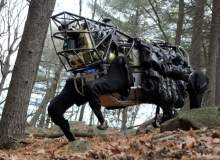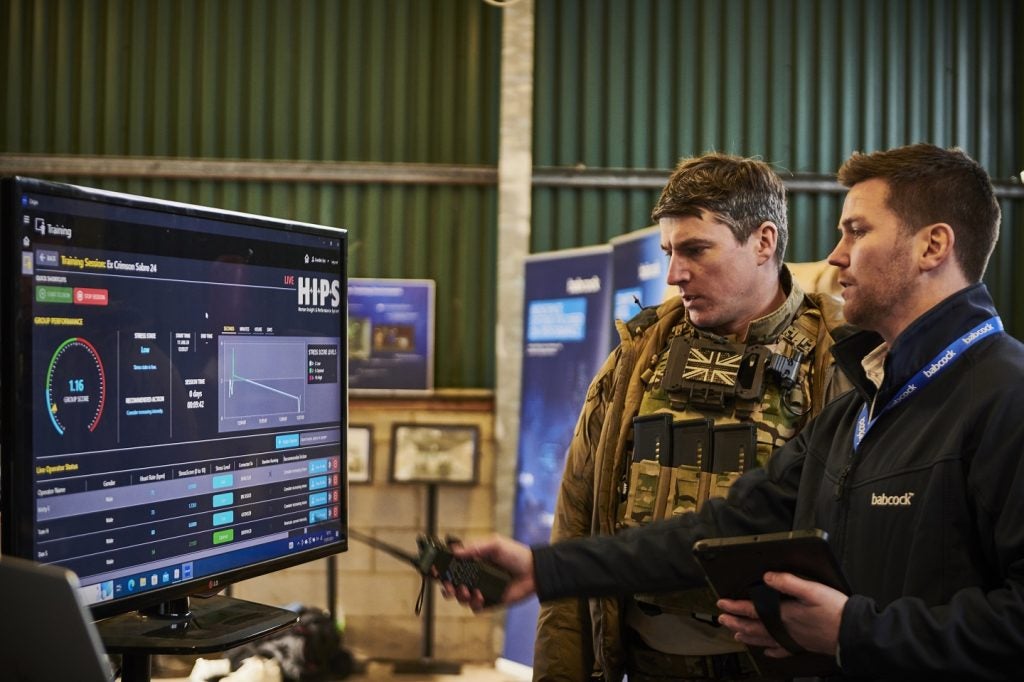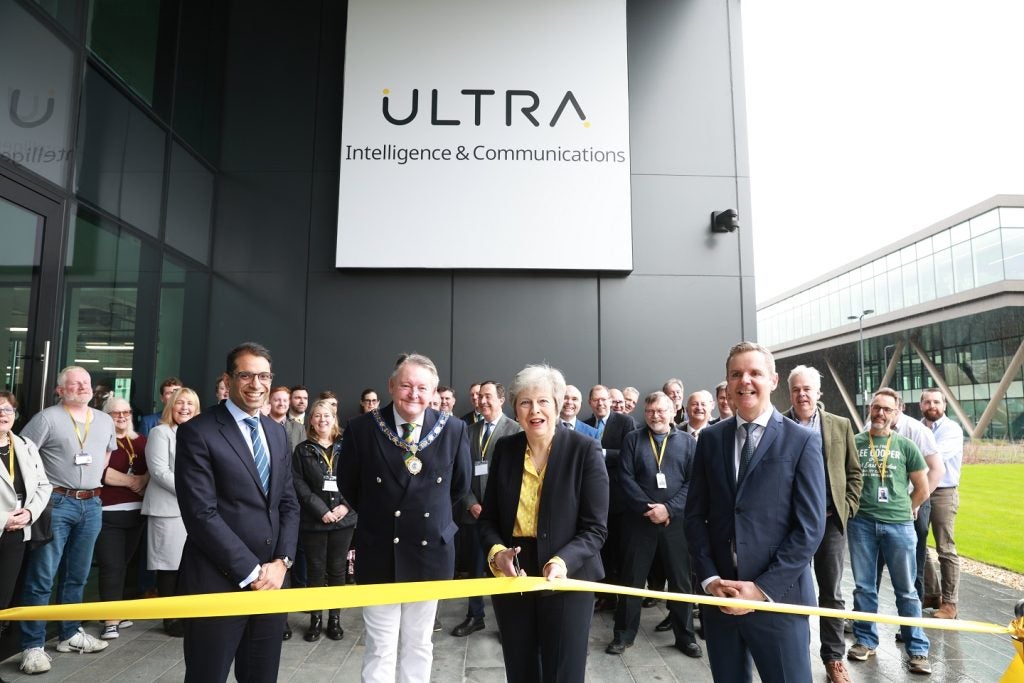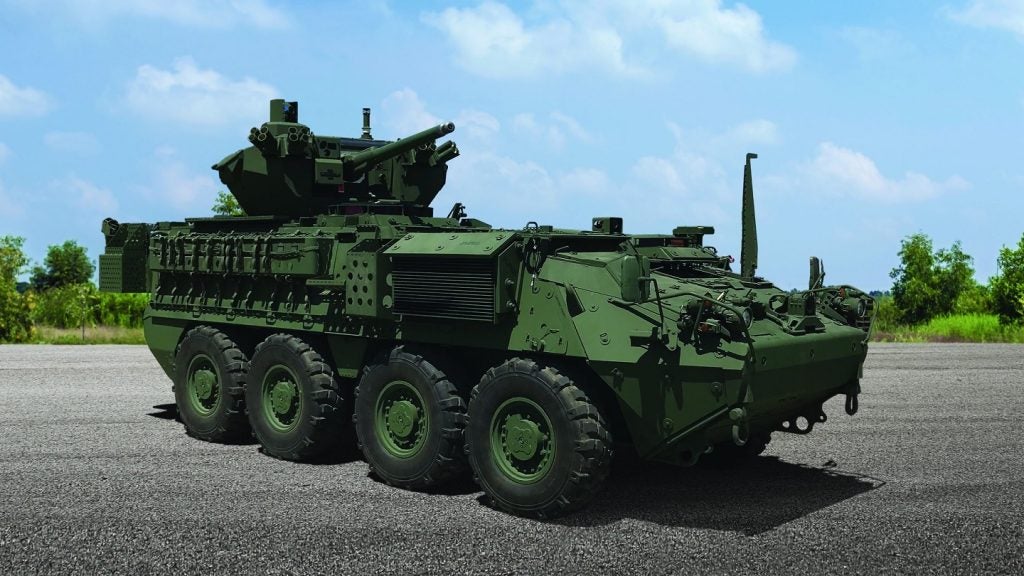

From manufacturing, medicine and menial domestic chores, robots are a growing part of our everyday lives. But as technology begins to catch up to Hollywood’s frightening vision of a robot future, there is also growing unease about their use. So it is no surprise that Google‘s recent purchase of Boston Dynamics, maker of Terminator-like robots, has caught the imagination of so many people around the world.
With robots such as Atlas, a powerful 6ft, 150kg humanoid robot made from aircraft-grade aluminium and titanium, it’s hard not to feel slightly nervous of a robot future. These robots walk just like humans and with complex hydraulic arms and hands, they can interact with their surroundings with ever-greater precision.
And it’s not just robots that are designed to mimic humans, Boston Dynamics has also looked to the wild for inspiration. Its Cheetah robot, while not the most graceful machine, is the fastest legged-robot in the world with a top speed of 28mph. There is also BigDog, a four-legged ‘rough-terrain’ robot that acts akin to a mechanised donkey, carrying equipment for soldiers across the battlefield.
Google’s ironic acquisition?
Video
Boston Dynamics teaches BigDog robot new tricks
BigDog throws breeze blocks effortlessly
How well do you really know your competitors?
Access the most comprehensive Company Profiles on the market, powered by GlobalData. Save hours of research. Gain competitive edge.

Thank you!
Your download email will arrive shortly
Not ready to buy yet? Download a free sample
We are confident about the unique quality of our Company Profiles. However, we want you to make the most beneficial decision for your business, so we offer a free sample that you can download by submitting the below form
By GlobalDataWhat’s surprising, then, is why a technology company such as Google, with the informal corporate motto ‘Don’t be evil’, would snap up an organisation focused mainly on the military use of robots. Google’s sixth point in its code of conduct, says: ‘We make money by doing good things’. The irony of this and its purchase of Boston Dynamics has not been lost on many people.
So why Boston Dynamics? The most accurate answer is that no-one really knows. Both companies remain tight-lipped about the whole affair. When asked by Army-Technology about future plans and reasons behind the acquisition, the two companies were conspicuously silent. A New York Times article in December revealed that Google had bought a number of robotics companies across the world with an eye on expanding into manufacturing and logistics.
Executives may have simply been caught up, like many people, in the robotics hype. Or, with Google’s history of developing advanced artificial intelligence, the company might actually have a serious strategy for incorporating robotics into its business. The tech giant’s purchase of eight robotics firms in 2013, and the $3.2bn acquisition of ‘smart appliance’ manufacturer Nest in 2014, would suggest this.
Matthew Mason, the director of Carnegie Mellon University’s (CMU) acclaimed Robotics Institute in Pennsylvania, says the deal shows Google is ‘excited by the technology’ and wants to be a player in the robotics market.
“The Boston Dynamics acquisition is a particularly dramatic case,” said Mason. “There are nine different companies that they’ve purchased, which vary quite a bit. It’s very difficult to see any kind of pattern and some of them you might think are aligned with Google’s interests [in manufacturing and logistics] and others where the connection is not so easy to make. We don’t know if they’re going to continue DoD [Department of Defense] work; if they do that would be a new thing for Google.”
Google as a defence contractor?
There is a high chance Google will not continue existing contracts once they expire, as it says it doesn’t want to be a defence contractor. If this eventually happens, it will deny the US military, and especially the Defense Advanced Research Projects Agency (DARPA), a key partner in robotics research.
Ready to fill that void are organisations such as CMU’s Robotics Institute, which receives nearly $80m in funding per annum to carry out applied research and prototype development for companies and the US Government. A team from the Institute’s National Robotics Engineering Center (NREC), headed by Tony Stentz, recently competed in DARPA’s Robotics Challenge and came third with its humanoid robot.
The DARPA Robotics Challenge brought together 16 teams of robot experts at a Nascar racetrack in Florida last December. A series of challenges tested each robot’s ability to traverse difficult terrain, climb ladders, open a door, close a valve, and even drive a car. All the tests had the ultimate aim of seeing how robots can respond to civil disasters, especially where there is a significant risk to human life. The nuclear disaster at Fukushima in 2011 is just one example of this type of scenario.
A Japanese tech start-up called Schaft eventually won the challenge with its S-One robot, which scored an impressive 27 out of 32 points. Surely Google will be out to acquire this company next? Well, it won’t be a surprise to learn that Schaft is in fact one of the companies Google bought in 2013. Coming second was IHMC Robotics, which used a Boston Dynamics robot supplied by DARPA.
With Google-owned companies leading the pack at the 2014 Robotics Challenge, is the tech giant now the leader for cutting-edge robotics research instead of organisations such as DARPA?
Robotics research: from military to commercial
“Boston Dynamics is clearly one of the innovators, if not the leading innovator in robotics, for the defence industry,” said MIT’s Humans and Automation Laboratory director and former fighter pilot Missy Cummings. “So now Google has [Boston Dynamics], it will commercialise it, because that’s what they do, and when they commercialise that technology, who is going to be driving the innovation in the military?
“So much of the innovation could shift to commercial robotic development, and leave the military playing second fiddle.”
There’s excitement about the potential for using robots within the commercial sector. Amazon, the huge e-commerce company, showed its interest in robotics with a demonstration of its ‘Prime Air’ delivery-by-drone concept in December 2013. Publicity stunt or not, the concept is a sign that unmanned systems are increasingly becoming a part of the public domain. Amazon also bought Kiva Systems in 2012, a company that makes tiny robots able to autonomously organise and move packages around a warehouse.
Commercial innovation is now so advanced that many military robots are equipped with technology initially designed for industrial purposes. iRobot, a US company manufacting the battle-proven 510 PackBot bomb disposal robot, is one organisation that has benefited from these commercial advances. The head of iRobot’s defence and security business, Frank Wilson, says the military is good for planting the seeds for innovation but the commercial practicality of technology can often outpace military funding.
“We wouldn’t have the PackBot or any of our robots if it wasn’t for commercial technology,” explains Wilson. “Hidden inside of our robots are a tremendous number of industrial chips, some of the chips aren’t even full mil spec [military specification] that we use in our military robots and that’s because commercial chip technology has so improved, that the reliability of even industrial-grade components can be suitable for military environments.”
And they have more than proved their worth in dangerous environments. More than 3,500 PackBot robots are in service with militaries and civil defence forces across the world and the US military has used them extensively in Iraq and Afghanistan to disable deadly IEDs. An iRobot PackBot was also the first robot to enter the ailing Fukushima power plant to assess damage to the nuclear reactor buildings in 2011.
Life without Boston Dynamics
If Google’s purchase of Boston Dynamics does have an adverse effect on military robotics research as experts suggest, then it couldn’t be at a worse time for the DoD. Robots don’t just lessen the danger humans are exposed to in areas such as bomb disposal, they are also cheaper than their flesh-and-bone counterparts. In a time of falling budgets, this is one of the main advantages of using robotics technology.
General Robert Cone, the US military’s head of Training and Doctrine Command, recently spoke at an army aviation symposium, telling the audience he wanted to shrink the size of a brigade combat team from 4,000 to 3,000. The 1,000 soldier deficit would be made up by a mix of robots and unmanned systems, he said. This also coincides with the Pentagon’s newly published unmanned systems roadmap, which gives a similar glimpse at future technologies, including bird-like drones and solar-powered robotic cars.
Does the Pentagon have the resources to meet these ambitious goals? Time will tell.
For all the apprehension that surrounds the Boston Dynamics deal, there is hope that it will bring about positive changes. “There is great potential there,” says Professor Kaspar Althoefer, head of the Centre for Robotics Research at King’s College, London. “By moving things forward the way they do they create enormous opportunities.”
But Althoefer also issues a warning that should be heeded by both Google executives and US generals. “[Robotics systems] have developed quite a bit over the past 20 years, but one should not make the mistake to think that robots can solve all problems.”
Follow Grant Turnbull on Google+



.gif)




